Home>Furniture & Design>Bathroom Accessories>How To Clean A Plunger And Toilet Brush
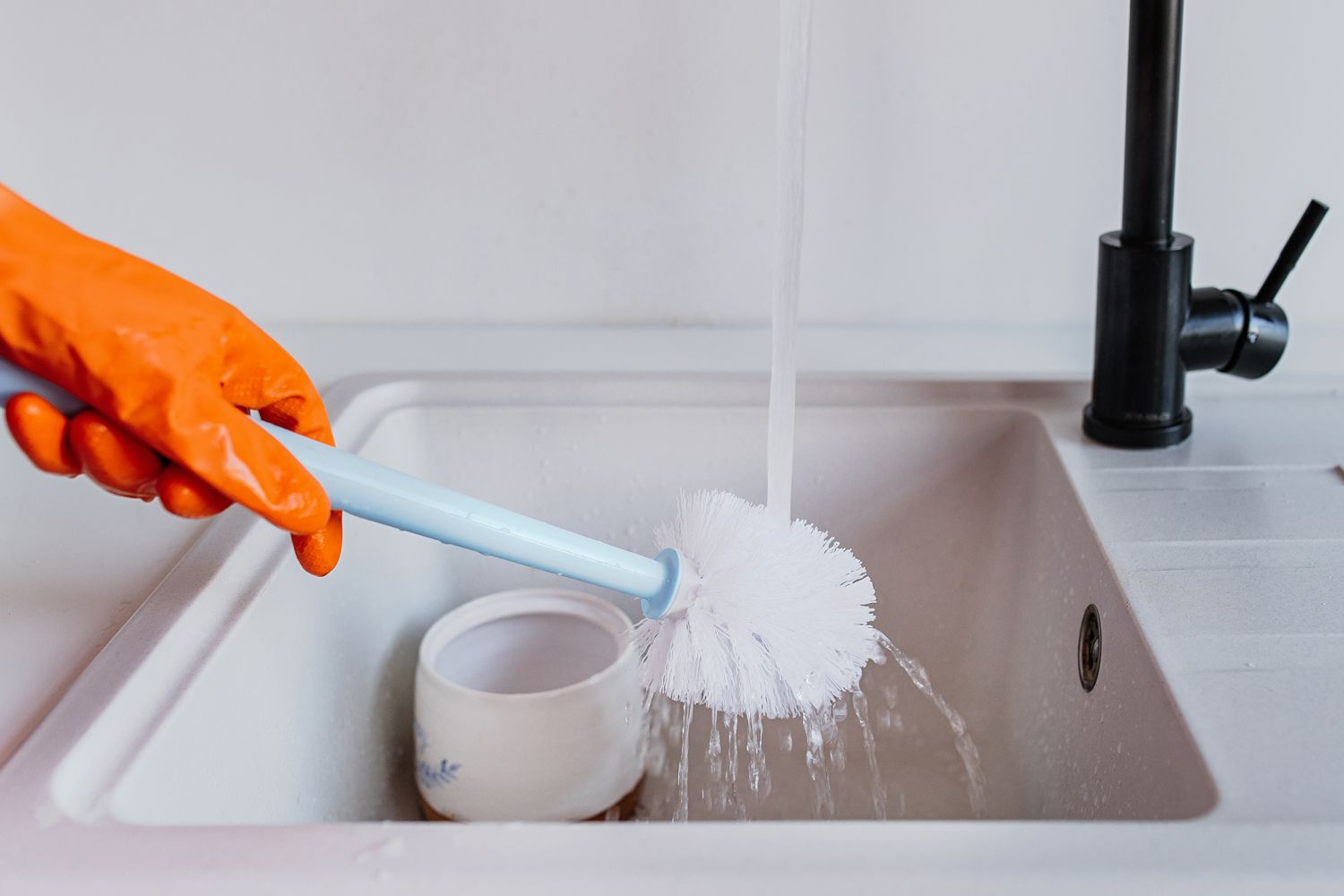

Bathroom Accessories
How To Clean A Plunger And Toilet Brush
Modified: February 18, 2024
Learn how to properly clean your bathroom accessories like plungers and toilet brushes to maintain a hygienic environment. Follow our step-by-step guide for effective cleaning. Keep your bathroom clean and fresh!
(Many of the links in this article redirect to a specific reviewed product. Your purchase of these products through affiliate links helps to generate commission for Storables.com, at no extra cost. Learn more)
Introduction
Cleaning the bathroom is a chore that most people would rather avoid, but it's an essential task for maintaining a hygienic and pleasant living environment. When it comes to bathroom cleaning, it's crucial to pay attention to often-overlooked items such as plungers and toilet brushes. These tools play a vital role in maintaining the cleanliness and sanitation of the bathroom, yet they are frequently neglected when it comes to cleaning and maintenance.
In this comprehensive guide, we will delve into the essential steps for effectively cleaning and maintaining plungers and toilet brushes. By following these simple yet crucial cleaning techniques, you can ensure that these bathroom accessories remain free from germs and bacteria, contributing to a healthier and more pleasant bathroom environment.
Proper maintenance of these items not only ensures their longevity but also prevents the spread of harmful bacteria and unpleasant odors in the bathroom. With the right materials and techniques, you can efficiently clean and maintain these essential bathroom tools, promoting a clean and hygienic space for you and your family.
Let's explore the step-by-step process of cleaning and maintaining plungers and toilet brushes to ensure that these often-overlooked items remain in top condition, contributing to a fresh and inviting bathroom environment.
Key Takeaways:
- Keep your bathroom clean and hygienic by regularly cleaning plungers and toilet brushes. Use disinfectant cleaner, vinegar, and bleach for thorough sanitation. Proper storage and maintenance are key to a fresh and inviting bathroom environment.
- Regularly clean and maintain plungers and toilet brushes to prevent the spread of harmful bacteria and unpleasant odors. Educate household members about proper usage and storage practices for a healthier bathroom space.
Read more: Where To Store Plunger And Toilet Brush
Materials Needed
To effectively clean and maintain plungers and toilet brushes, you will need a few essential materials to ensure thorough sanitation and removal of germs and bacteria. Here's a list of the materials you will need:
-
Rubber Gloves: Protect your hands from coming into direct contact with any germs or bacteria present on the plunger and toilet brush by wearing rubber gloves. This simple precaution can help maintain personal hygiene while cleaning these essential bathroom tools.
-
Disinfectant Cleaner: Choose a disinfectant cleaner specifically formulated for bathroom surfaces. Look for a cleaner that is effective against a wide range of bacteria and viruses to ensure thorough sanitation of the plunger and toilet brush.
-
Bucket: A bucket will be useful for preparing a cleaning solution and for rinsing the plunger and toilet brush thoroughly after cleaning.
-
Toilet Bowl Cleaner: For the toilet brush, a specialized toilet bowl cleaner is essential to effectively remove stains, mineral deposits, and bacteria from the bristles and handle.
-
Scrub Brush: A small scrub brush will be handy for cleaning hard-to-reach areas of the plunger and toilet brush, ensuring a thorough and deep cleaning process.
-
Vinegar: This natural cleaning agent is effective for removing mineral deposits and stains from the toilet brush. It also helps to neutralize odors, leaving the brush clean and fresh.
-
Old Towels or Rags: Keep old towels or rags handy for wiping and drying the plunger and toilet brush after cleaning. This will help prevent the growth of mold and mildew and ensure that the tools are ready for use when needed.
-
Bleach: If necessary, bleach can be used to disinfect the plunger and toilet brush thoroughly. However, it's important to use bleach in a well-ventilated area and to follow safety precautions to avoid any adverse effects.
By gathering these materials before starting the cleaning process, you can ensure that you have everything you need to effectively sanitize and maintain your plungers and toilet brushes, promoting a clean and hygienic bathroom environment for you and your family.
Cleaning the Plunger
Cleaning a plunger is a crucial yet often overlooked task in bathroom maintenance. Over time, a plunger can accumulate germs, bacteria, and unpleasant odors, making it essential to clean it regularly. Follow these steps to effectively clean your plunger and ensure a hygienic bathroom environment:
-
Wear Rubber Gloves: Before handling the plunger, put on rubber gloves to protect your hands from coming into direct contact with any germs or bacteria present on the plunger's surface.
-
Prepare a Cleaning Solution: Fill a bucket with hot water and add a disinfectant cleaner. Ensure that the cleaner is specifically formulated for bathroom surfaces and effective against a wide range of bacteria and viruses.
-
Submerge the Plunger: Submerge the plunger in the cleaning solution, ensuring that the entire rubber cup and the handle are fully immersed. Allow the plunger to soak for at least 15-20 minutes to loosen any debris and sanitize the surface.
-
Scrub the Plunger: After soaking, use a scrub brush to clean the rubber cup and handle thoroughly. Pay special attention to any crevices or hard-to-reach areas where dirt and grime may accumulate. Scrubbing the plunger will help remove any remaining debris and bacteria.
-
Rinse and Dry: Once the plunger has been thoroughly scrubbed, rinse it with clean water to remove any traces of the cleaning solution. Use an old towel or rag to dry the plunger completely before storing it in a well-ventilated area.
-
Optional: Disinfect with Bleach: If necessary, you can disinfect the plunger further by soaking it in a diluted bleach solution. Ensure that you follow safety precautions and use bleach in a well-ventilated area. After disinfecting, rinse the plunger thoroughly with water.
By following these steps, you can effectively clean your plunger, removing germs, bacteria, and odors to maintain a hygienic bathroom environment. Regular cleaning of the plunger is essential to prevent the spread of harmful bacteria and ensure that this essential bathroom tool remains in top condition for future use.
After using a plunger or toilet brush, rinse them thoroughly with hot water and dish soap. Then, soak them in a mixture of water and bleach for 10-15 minutes to disinfect. Rinse again and let them air dry before storing.
Cleaning the Toilet Brush
Cleaning the toilet brush is an essential yet often overlooked aspect of bathroom maintenance. Over time, toilet brushes can accumulate germs, bacteria, and unsightly stains, making it crucial to clean them regularly. Follow these steps to effectively clean your toilet brush and ensure a hygienic bathroom environment.
-
Wear Rubber Gloves: Before handling the toilet brush, put on rubber gloves to protect your hands from coming into direct contact with any germs or bacteria present on the brush's bristles and handle.
-
Prepare a Cleaning Solution: Fill a bucket with hot water and add a toilet bowl cleaner specifically formulated to remove stains, mineral deposits, and bacteria. Ensure that the cleaner is suitable for the material of the toilet brush bristles and handle.
-
Submerge the Toilet Brush: Submerge the toilet brush in the cleaning solution, ensuring that the bristles and handle are fully immersed. Allow the brush to soak for at least 15-20 minutes to loosen any debris and sanitize the surfaces.
-
Scrub the Toilet Brush: After soaking, use a scrub brush to clean the bristles and handle thoroughly. Pay special attention to any stubborn stains or residue that may have accumulated over time. Scrubbing the brush will help remove any remaining debris and bacteria.
-
Rinse and Dry: Once the toilet brush has been thoroughly scrubbed, rinse it with clean water to remove any traces of the cleaning solution. Use an old towel or rag to dry the brush completely before returning it to its holder.
-
Optional: Vinegar Soak: For an extra cleaning boost and to neutralize odors, consider soaking the toilet brush in a solution of water and vinegar. The natural acidic properties of vinegar can help remove mineral deposits and stains while leaving the brush clean and fresh.
By following these steps, you can effectively clean your toilet brush, removing germs, bacteria, and unsightly stains to maintain a hygienic bathroom environment. Regular cleaning of the toilet brush is essential to prevent the spread of harmful bacteria and ensure that this essential bathroom tool remains in top condition for future use.
Remember, a clean toilet brush not only contributes to a hygienic bathroom but also helps maintain a fresh and inviting space for you and your family. Incorporating these simple cleaning steps into your regular bathroom maintenance routine can make a significant difference in promoting a clean and healthy environment.
Maintenance Tips
Maintaining the cleanliness and functionality of plungers and toilet brushes is essential for ensuring a hygienic and pleasant bathroom environment. Here are some valuable maintenance tips to keep these essential bathroom tools in top condition:
-
Regular Cleaning Schedule: Establish a regular cleaning schedule for your plungers and toilet brushes. Aim to clean them at least once a week, or more frequently if they have been used extensively. By incorporating this task into your routine, you can prevent the buildup of germs, bacteria, and unpleasant odors.
-
Proper Storage: After cleaning, ensure that the plungers and toilet brushes are stored in a well-ventilated area. Proper air circulation helps prevent the growth of mold and mildew, preserving the cleanliness and functionality of these tools.
-
Replace When Necessary: Monitor the condition of your plungers and toilet brushes regularly. If you notice signs of wear and tear, such as frayed bristles or cracks in the rubber cup of the plunger, consider replacing them. Maintaining these tools in good condition is crucial for effective bathroom sanitation.
-
Sanitize After Use: After using the plunger or toilet brush, it's important to sanitize them before returning them to storage. Rinse the tools thoroughly with hot water and a disinfectant cleaner to remove any lingering bacteria and prevent the spread of germs.
-
Inspect for Damage: Periodically inspect your plungers and toilet brushes for any signs of damage or deterioration. Check the bristles of the toilet brush for wear and ensure that the rubber cup of the plunger remains intact. Addressing any issues promptly can help maintain the effectiveness of these tools.
-
Use Protective Coverings: Consider using protective coverings for your plungers and toilet brushes. There are specially designed covers available that can help contain any residual water and prevent the spread of germs. These covers also contribute to a more organized and visually appealing bathroom space.
-
Educate Household Members: If you share a bathroom with family members or roommates, educate them about the importance of maintaining the cleanliness of plungers and toilet brushes. Encourage everyone to adhere to the cleaning schedule and proper usage practices to uphold a hygienic bathroom environment.
By implementing these maintenance tips, you can ensure that your plungers and toilet brushes remain in optimal condition, contributing to a clean, hygienic, and inviting bathroom space. Regular maintenance not only prolongs the lifespan of these essential tools but also promotes a healthier environment for you and your household.
Read more: How To Hide Your Plunger And Toilet Brush
Conclusion
In conclusion, maintaining the cleanliness and hygiene of plungers and toilet brushes is an essential aspect of effective bathroom maintenance. These often-overlooked tools play a crucial role in ensuring a clean and pleasant bathroom environment. By following the step-by-step cleaning processes outlined in this guide, you can effectively remove germs, bacteria, and unsightly stains from plungers and toilet brushes, contributing to a healthier and more inviting space for you and your family.
Regular cleaning and maintenance of these bathroom accessories not only prevent the spread of harmful bacteria but also help eliminate unpleasant odors, promoting a fresh and hygienic atmosphere in the bathroom. By incorporating the recommended materials and techniques into your cleaning routine, you can ensure that these essential tools remain in top condition, ready for use whenever needed.
Furthermore, the maintenance tips provided offer valuable insights into preserving the functionality and cleanliness of plungers and toilet brushes. Establishing a regular cleaning schedule, proper storage, and proactive monitoring of the tools' condition are essential practices for maintaining a hygienic bathroom environment.
By educating household members about the importance of proper maintenance and usage practices, you can collectively contribute to a cleaner and healthier bathroom space. Encouraging everyone to adhere to the recommended cleaning schedule and techniques fosters a shared responsibility for maintaining a hygienic environment.
Incorporating these maintenance practices into your regular bathroom cleaning routine can make a significant difference in promoting a clean and healthy living space. By prioritizing the cleanliness and maintenance of plungers and toilet brushes, you contribute to a more inviting and hygienic bathroom environment for yourself and your household.
In essence, the effective cleaning and maintenance of plungers and toilet brushes are integral to upholding a clean, hygienic, and pleasant bathroom space. By following the guidelines and incorporating the recommended practices, you can ensure that these essential tools remain in optimal condition, contributing to a fresh and inviting bathroom environment for years to come.
Frequently Asked Questions about How To Clean A Plunger And Toilet Brush
Was this page helpful?
At Storables.com, we guarantee accurate and reliable information. Our content, validated by Expert Board Contributors, is crafted following stringent Editorial Policies. We're committed to providing you with well-researched, expert-backed insights for all your informational needs.
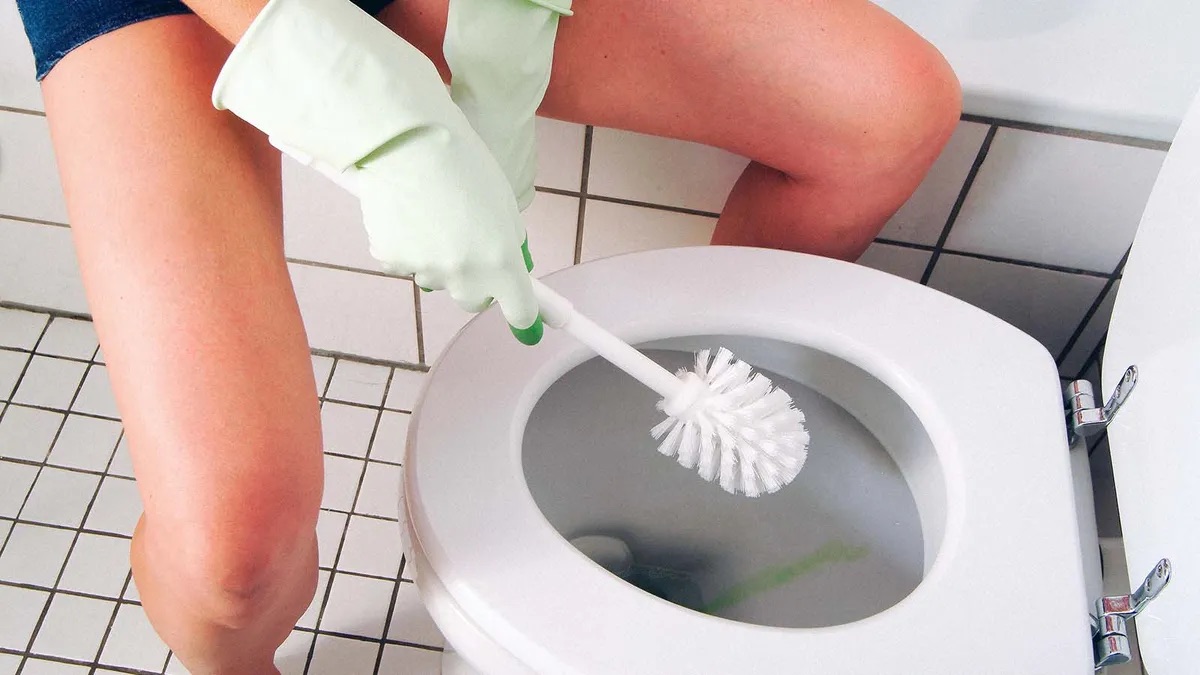
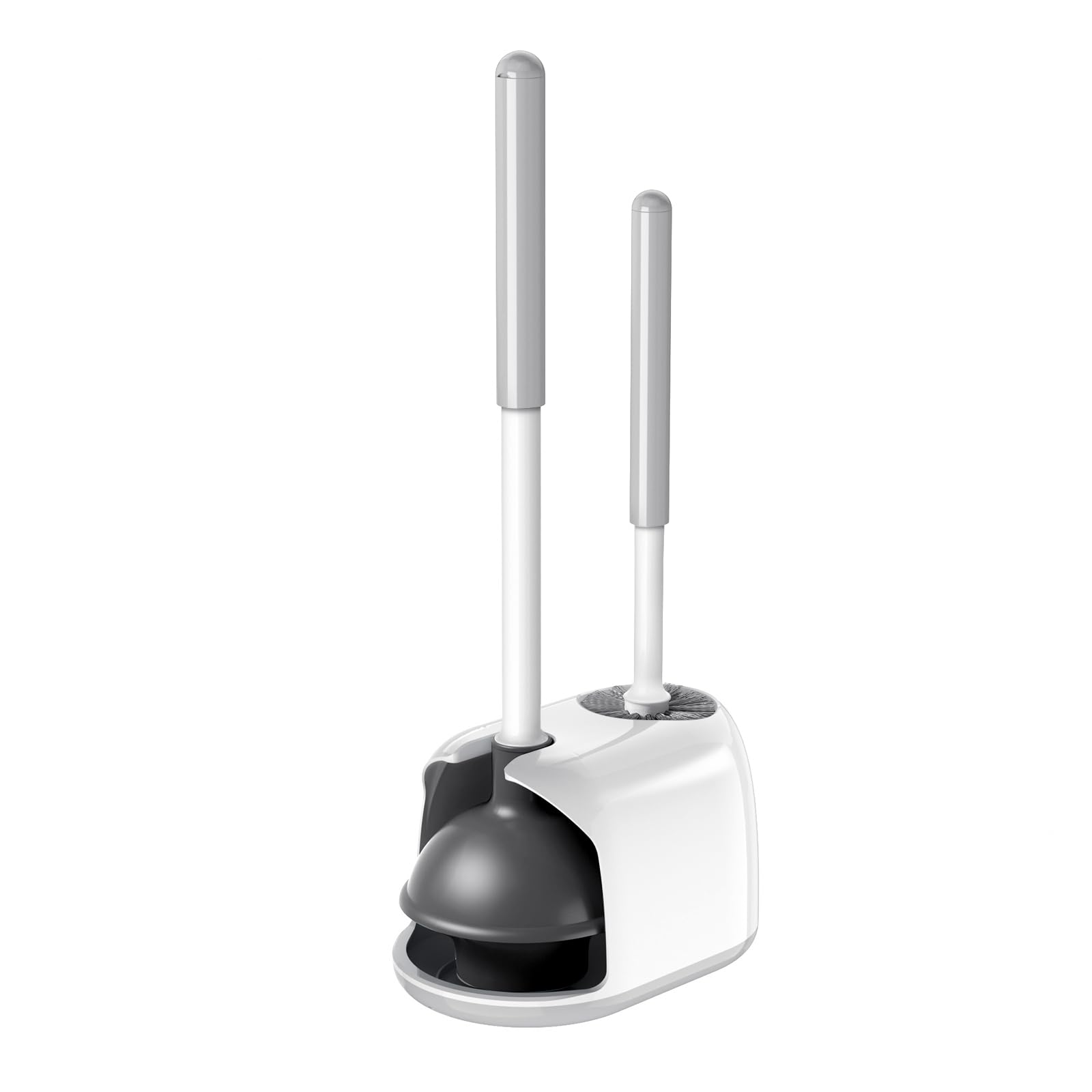
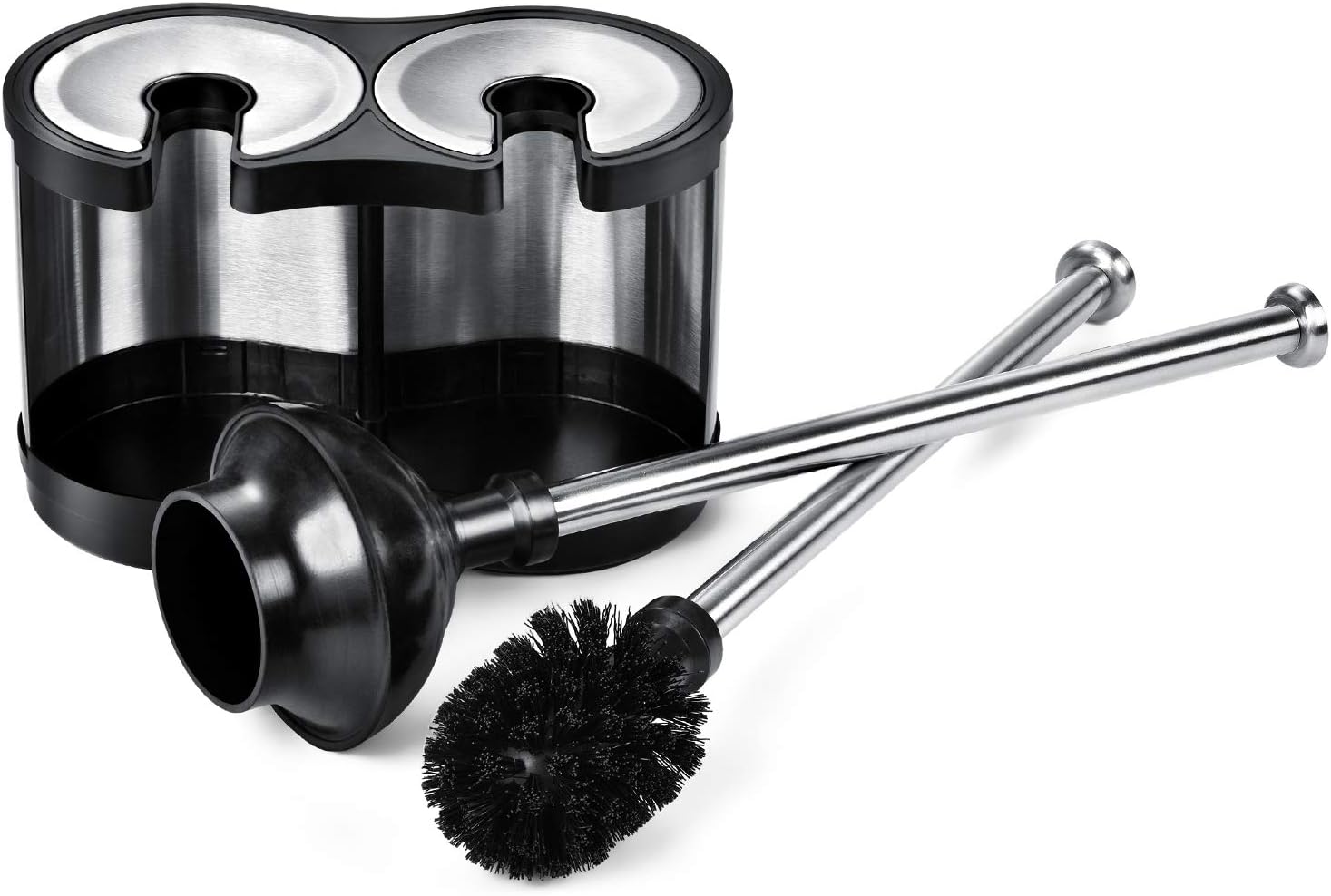
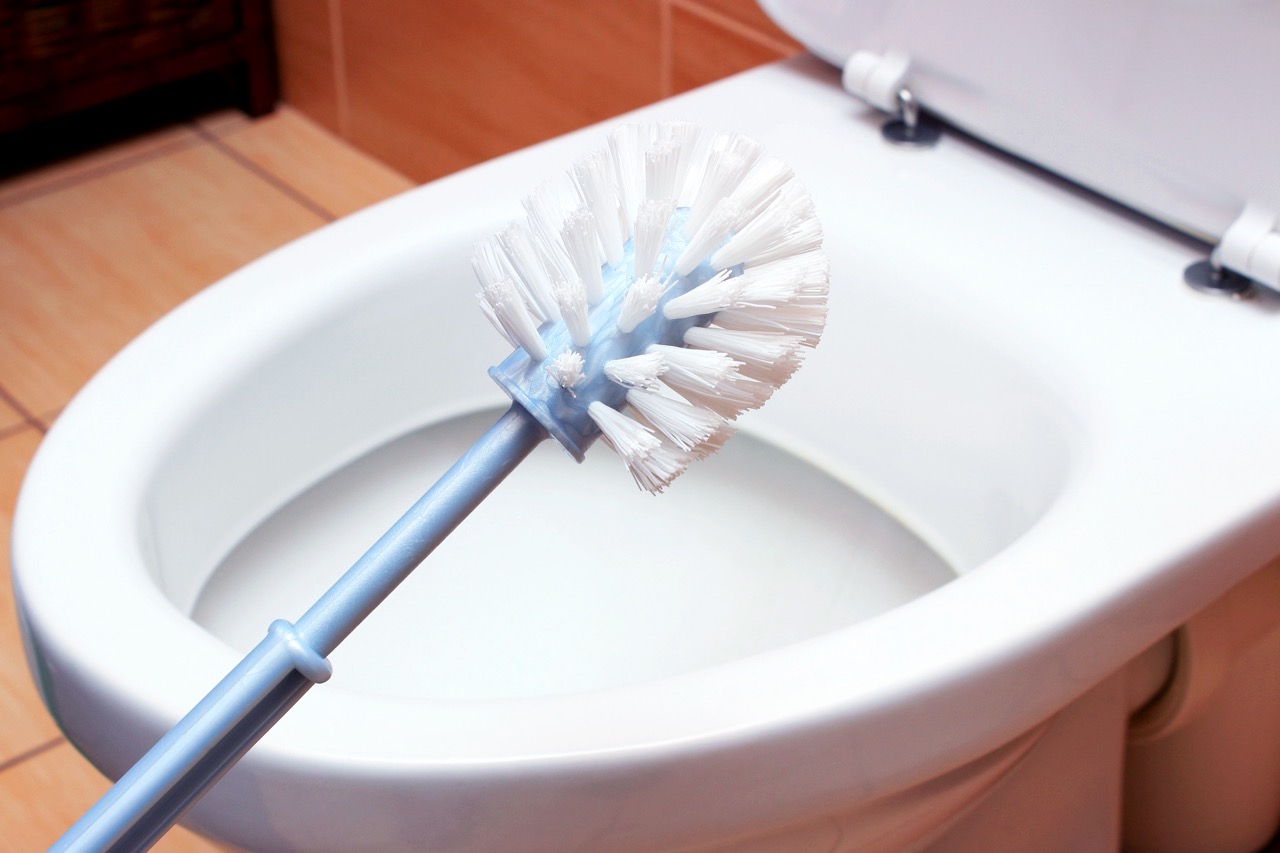
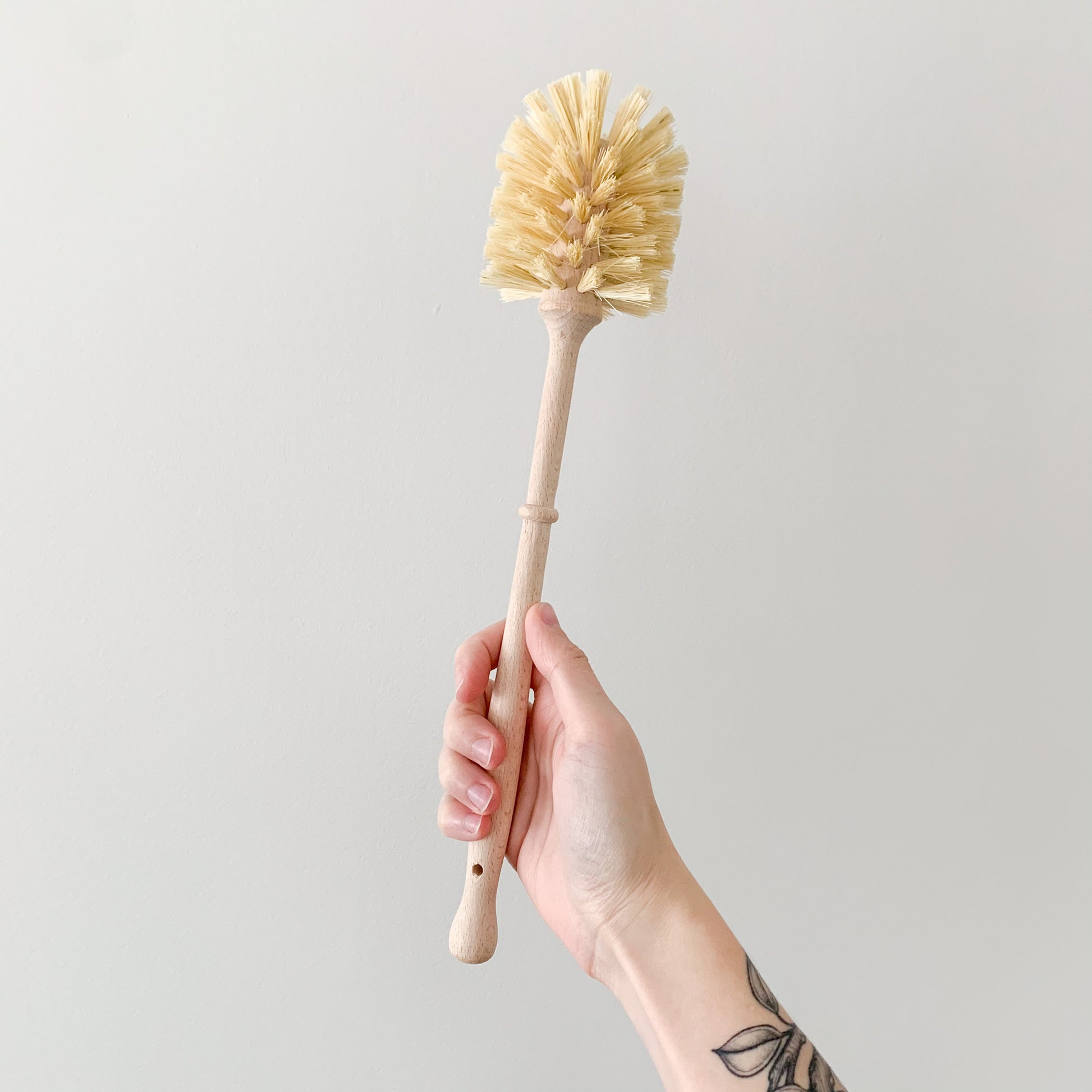
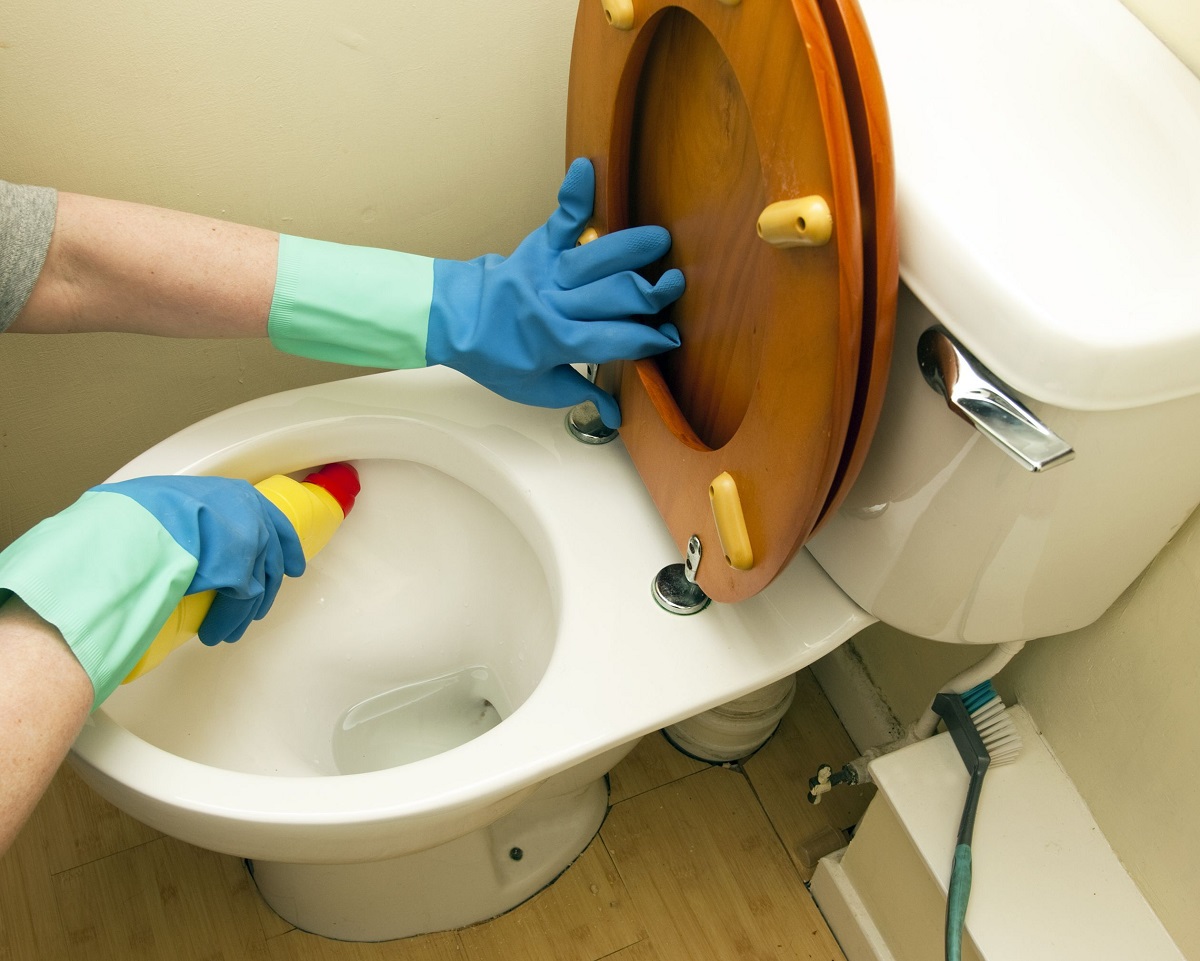
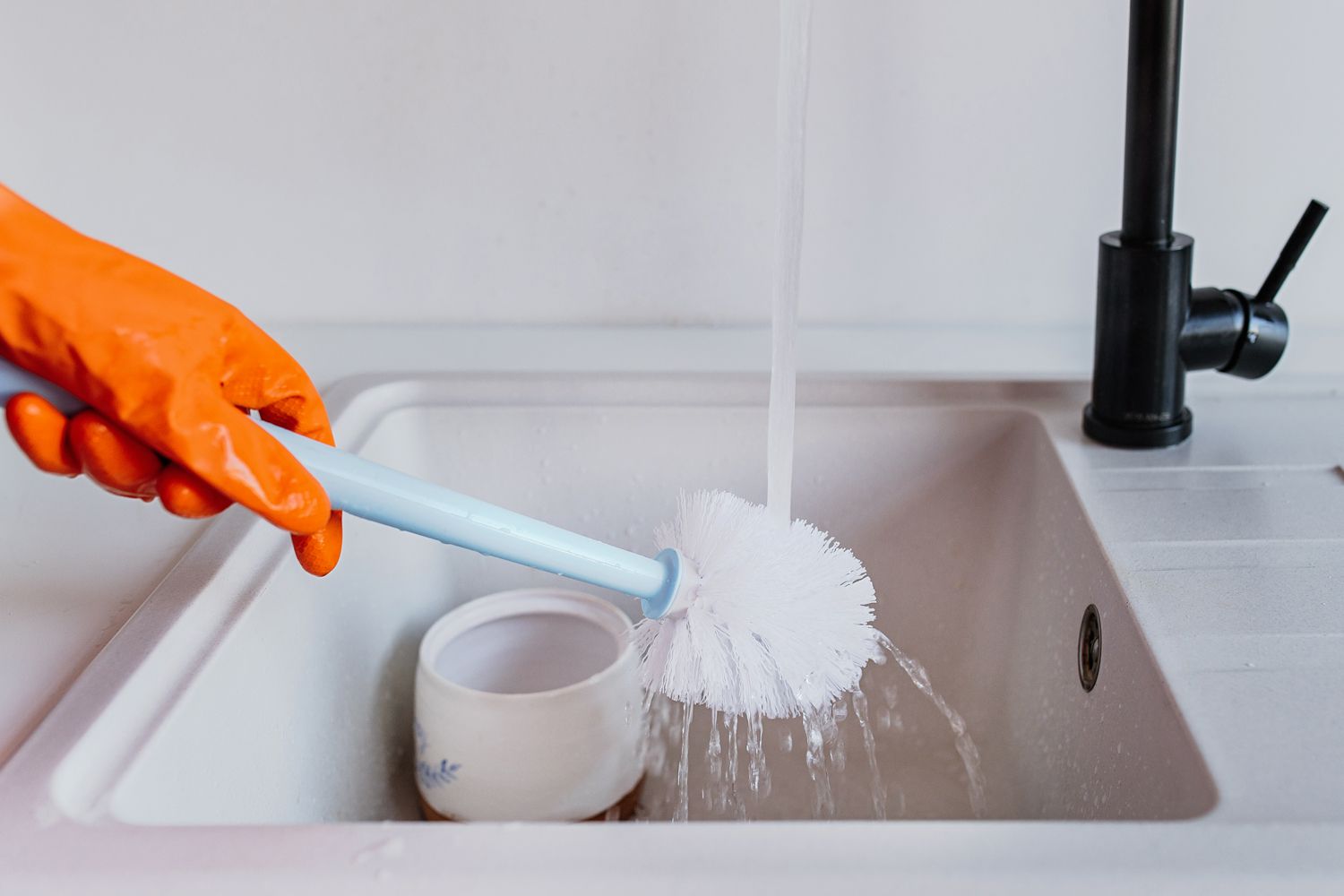
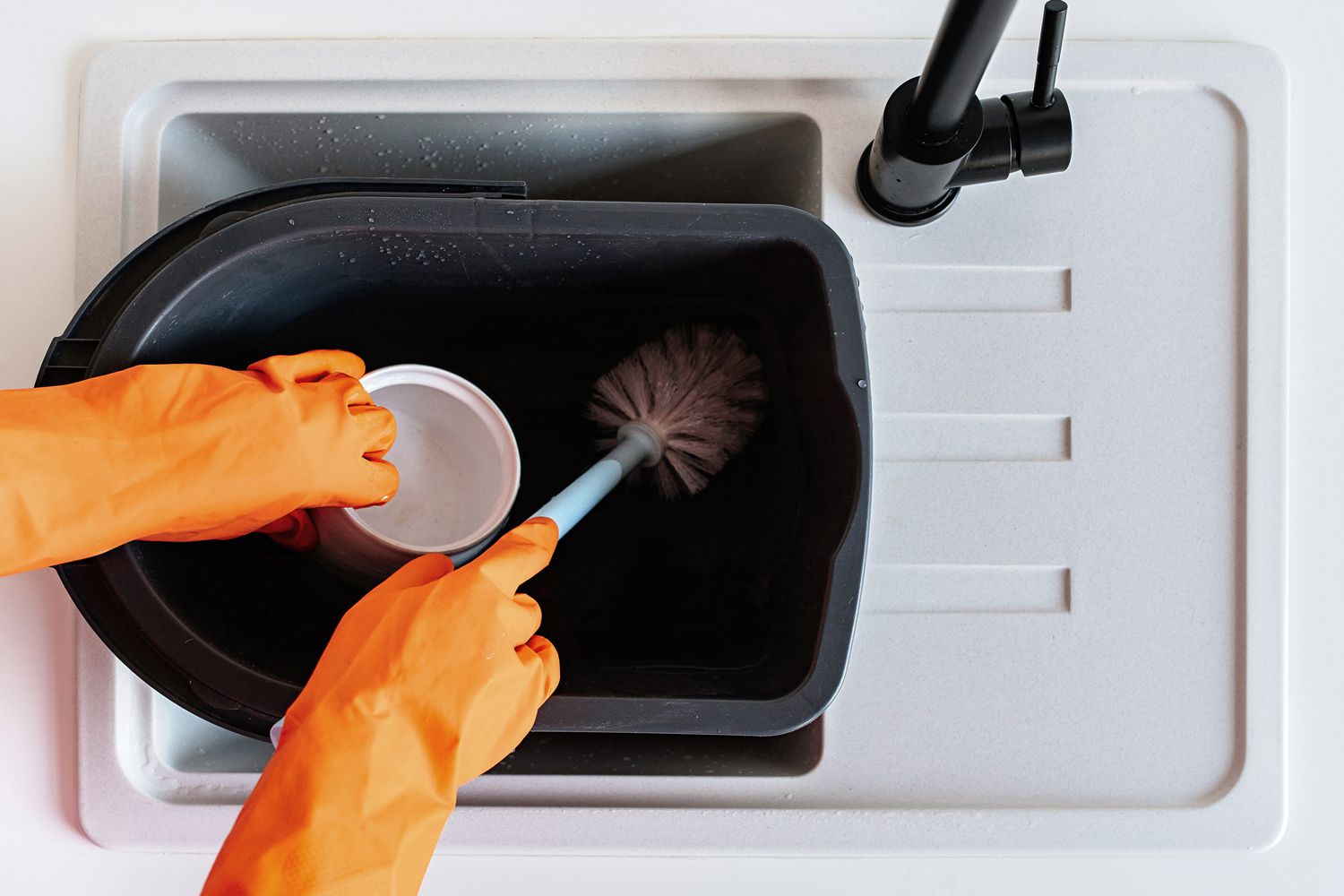
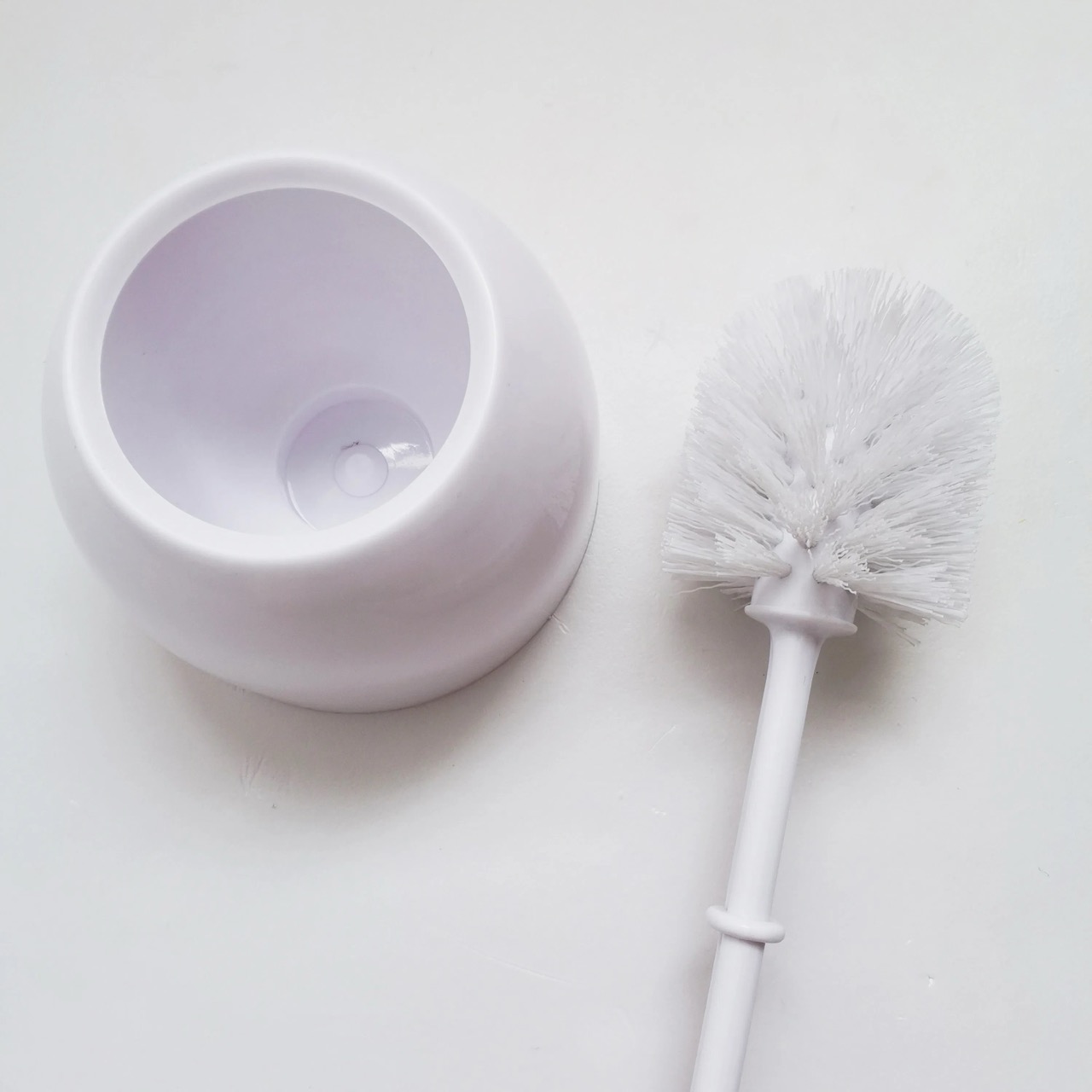
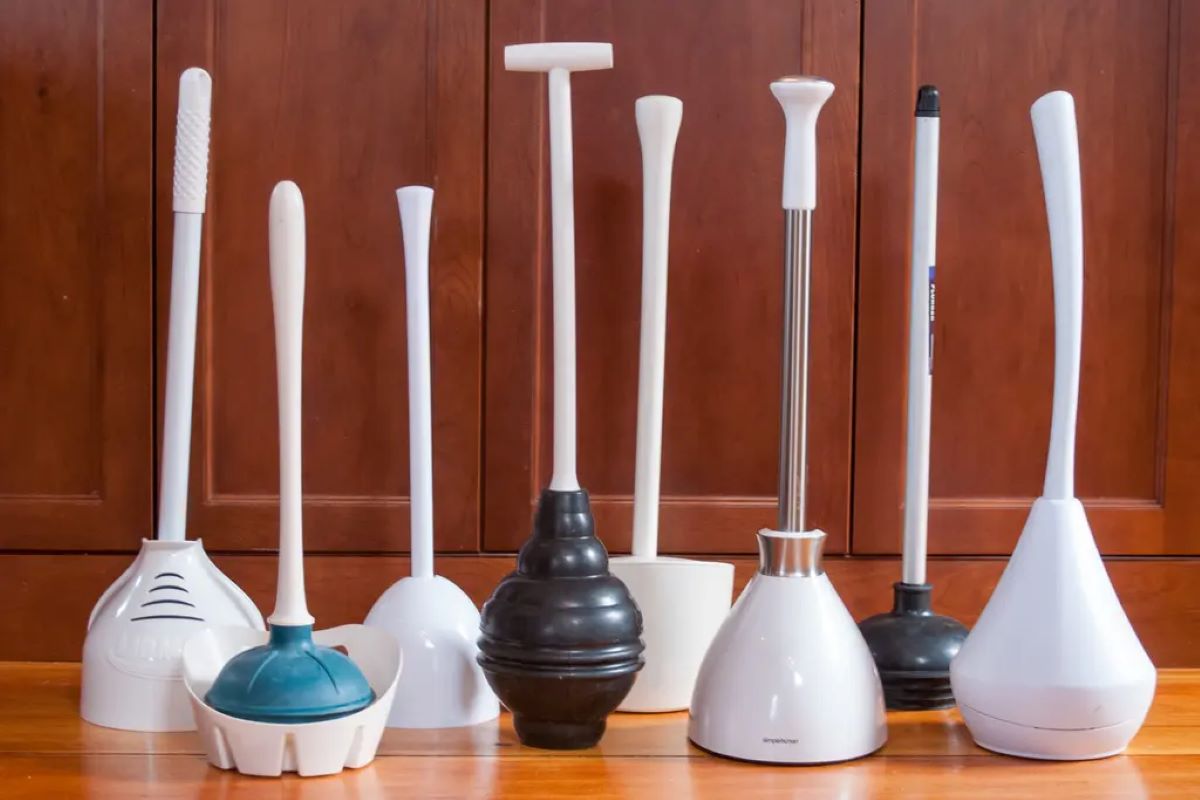
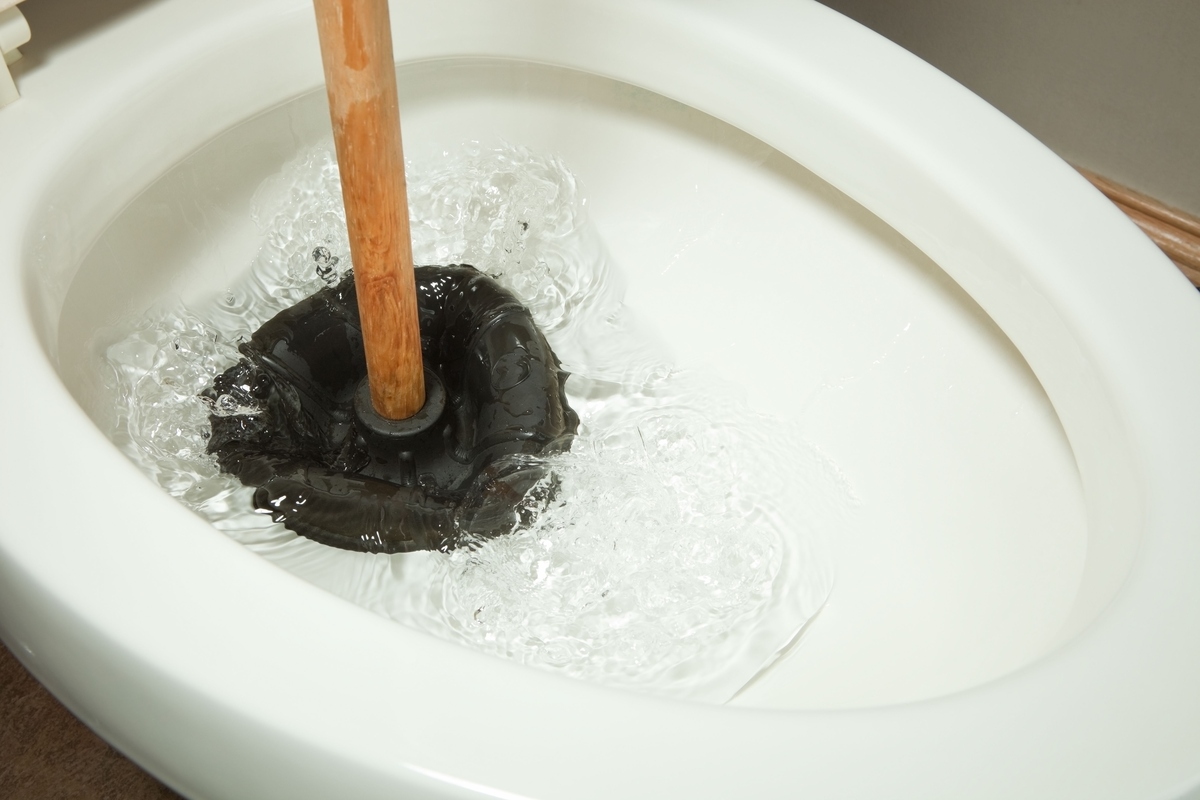
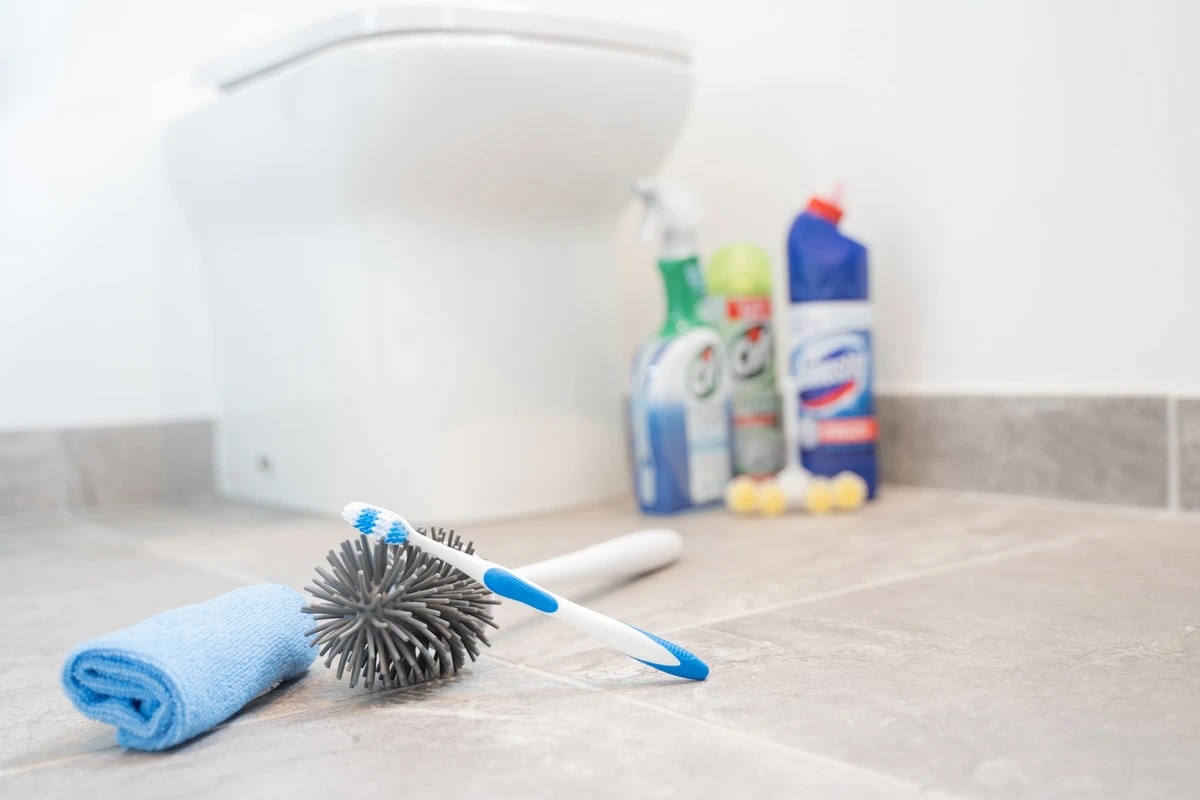
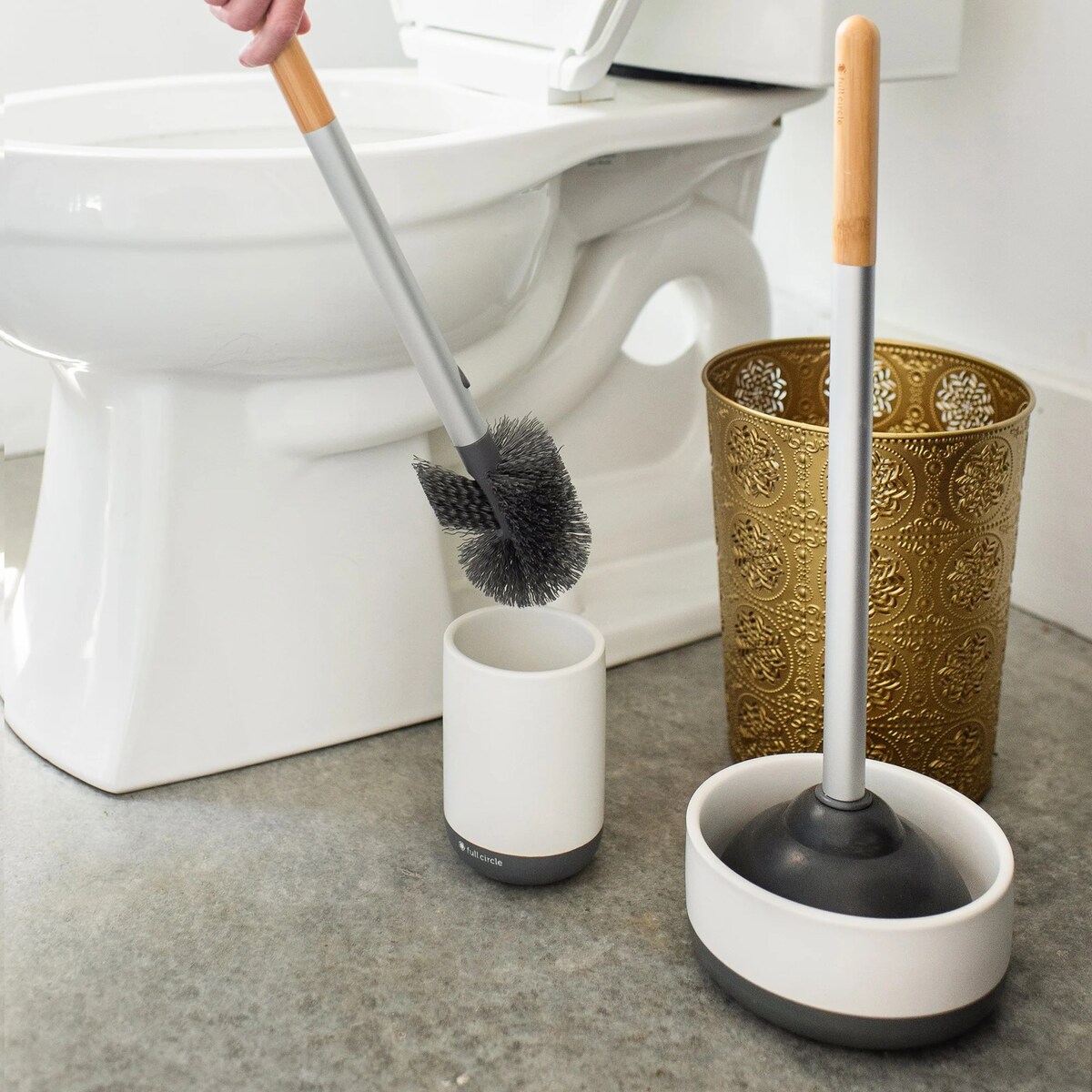

0 thoughts on “How To Clean A Plunger And Toilet Brush”